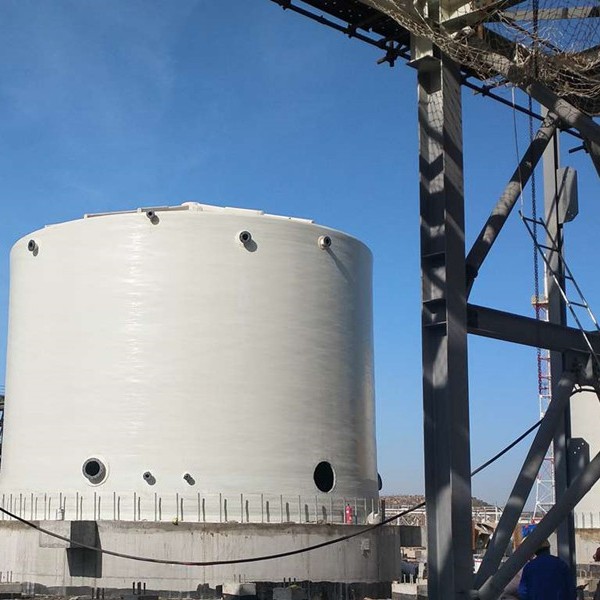
-
 Afrikaans
Afrikaans -
 Albanian
Albanian -
 Amharic
Amharic -
 Arabic
Arabic -
 Armenian
Armenian -
 Azerbaijani
Azerbaijani -
 Basque
Basque -
 Belarusian
Belarusian -
 Bengali
Bengali -
 Bosnian
Bosnian -
 Bulgarian
Bulgarian -
 Catalan
Catalan -
 Cebuano
Cebuano -
 China
China -
 China (Taiwan)
China (Taiwan) -
 Corsican
Corsican -
 Croatian
Croatian -
 Czech
Czech -
 Danish
Danish -
 Dutch
Dutch -
 English
English -
 Esperanto
Esperanto -
 Estonian
Estonian -
 Finnish
Finnish -
 French
French -
 Frisian
Frisian -
 Galician
Galician -
 Georgian
Georgian -
 German
German -
 Greek
Greek -
 Gujarati
Gujarati -
 Haitian Creole
Haitian Creole -
 hausa
hausa -
 hawaiian
hawaiian -
 Hebrew
Hebrew -
 Hindi
Hindi -
 Miao
Miao -
 Hungarian
Hungarian -
 Icelandic
Icelandic -
 igbo
igbo -
 Indonesian
Indonesian -
 irish
irish -
 Italian
Italian -
 Japanese
Japanese -
 Javanese
Javanese -
 Kannada
Kannada -
 kazakh
kazakh -
 Khmer
Khmer -
 Rwandese
Rwandese -
 Korean
Korean -
 Kurdish
Kurdish -
 Kyrgyz
Kyrgyz -
 Lao
Lao -
 Latin
Latin -
 Latvian
Latvian -
 Lithuanian
Lithuanian -
 Luxembourgish
Luxembourgish -
 Macedonian
Macedonian -
 Malgashi
Malgashi -
 Malay
Malay -
 Malayalam
Malayalam -
 Maltese
Maltese -
 Maori
Maori -
 Marathi
Marathi -
 Mongolian
Mongolian -
 Myanmar
Myanmar -
 Nepali
Nepali -
 Norwegian
Norwegian -
 Norwegian
Norwegian -
 Occitan
Occitan -
 Pashto
Pashto -
 Persian
Persian -
 Polish
Polish -
 Portuguese
Portuguese -
 Punjabi
Punjabi -
 Romanian
Romanian -
 Russian
Russian -
 Samoan
Samoan -
 Scottish Gaelic
Scottish Gaelic -
 Serbian
Serbian -
 Sesotho
Sesotho -
 Shona
Shona -
 Sindhi
Sindhi -
 Sinhala
Sinhala -
 Slovak
Slovak -
 Slovenian
Slovenian -
 Somali
Somali -
 Spanish
Spanish -
 Sundanese
Sundanese -
 Swahili
Swahili -
 Swedish
Swedish -
 Tagalog
Tagalog -
 Tajik
Tajik -
 Tamil
Tamil -
 Tatar
Tatar -
 Telugu
Telugu -
 Thai
Thai -
 Turkish
Turkish -
 Turkmen
Turkmen -
 Ukrainian
Ukrainian -
 Urdu
Urdu -
 Uighur
Uighur -
 Uzbek
Uzbek -
 Vietnamese
Vietnamese -
 Welsh
Welsh -
 Bantu
Bantu -
 Yiddish
Yiddish -
 Yoruba
Yoruba -
 Zulu
Zulu
inserting rock bits techniques and strategies for efficient
Inserting Rock Bits Techniques and Strategies for Efficiency
In the realm of drilling, the efficiency of rock bits plays a pivotal role in the success of any operation. The insertion of rock bits, whether in oil drilling, mining, or geological exploration, requires meticulous planning and execution. Understanding the techniques and strategies involved can lead to significant improvements in performance and cost-effectiveness.
One of the primary techniques utilized in inserting rock bits is the selection of the right type of bit for the specific geological conditions. Various types of rock bits, such as rotary bits, tricone bits, and diamond bits, have distinct characteristics suited for different rock formations. For instance, diamond bits are particularly effective in hard, abrasive materials, while tricone bits are more versatile and can handle a range of formations. By matching the bit type to the geological conditions, operators can enhance penetration rates and reduce the risk of bit wear and tear.
Another critical technique involves optimizing the drilling parameters. This includes adjusting the weight on the bit, rotary speed, and mud properties during the drilling process. Each parameter can significantly influence the rate of penetration (ROP) and the overall efficiency of drilling operations. For example, increasing the weight on the bit can enhance the ROP in harder formations, while optimizing the rotary speed helps maintain the balance between penetration and bit longevity. Moreover, using the right drilling fluid is essential to minimize friction and cooling, ensuring the bit remains effective over prolonged use.
inserting rock bits techniques and strategies for efficient

In addition to technical adjustments, strategic planning plays a crucial role in the insertion of rock bits. Predictive modelling and simulations can aid in understanding how different bits will perform under varying conditions. By analyzing historical data and employing machine learning algorithms, operators can forecast potential challenges and adapt their strategies accordingly. This proactive approach can lead to a more streamlined operation, minimizing downtime and enhancing productivity.
Furthermore, regular maintenance and inspection of rock bits are vital components of efficient drilling. Bit wear can significantly impact drilling performance and lead to costly delays. Establishing a routine maintenance schedule and employing advanced monitoring technologies can help in identifying signs of wear early on, enabling timely intervention. This not only extends the lifespan of the rock bits but also ensures continuous, efficient operation.
Finally, training and development of the drilling crew are indispensable for implementing effective insertion techniques. Well-trained personnel can make real-time decisions based on the conditions encountered and apply the latest drilling innovations effectively. Continuous education on emerging technologies and new materials will further empower the crew to maximize the efficiency of rock bit insertion.
In conclusion, the effective insertion of rock bits relies on a combination of appropriate selection, optimization of drilling parameters, strategic planning, regular maintenance, and skilled personnel. By focusing on these aspects, drilling operations can achieve greater efficiency, reduce costs, and ultimately enhance overall productivity in their quests to explore and extract valuable resources from the Earth's crust.
Latest news
-
Exploring the Benefits of Top Hammer Drifter Rods for Enhanced Drilling PerformanceNewsJun.10,2025
-
High-Precision Fiberglass Winding Machine for GRP/FRP Pipe Production – Reliable & Efficient SolutionsNewsJun.10,2025
-
FRP Pipes & Fittings for Shipbuilding - Corrosion-Resistant & LightweightNewsJun.09,2025
-
Premium FRP Flooring Solutions Durable & Slip-ResistantNewsJun.09,2025
-
Premium Fiberglass Rectangular Tanks Durable & Lightweight SolutionNewsJun.09,2025
-
Tapered Drill String Design Guide Durable Performance & UsesNewsJun.09,2025









